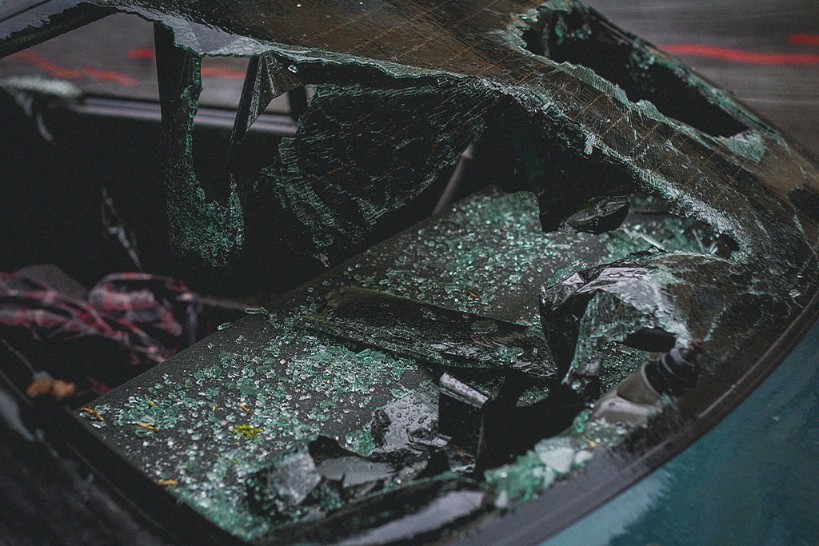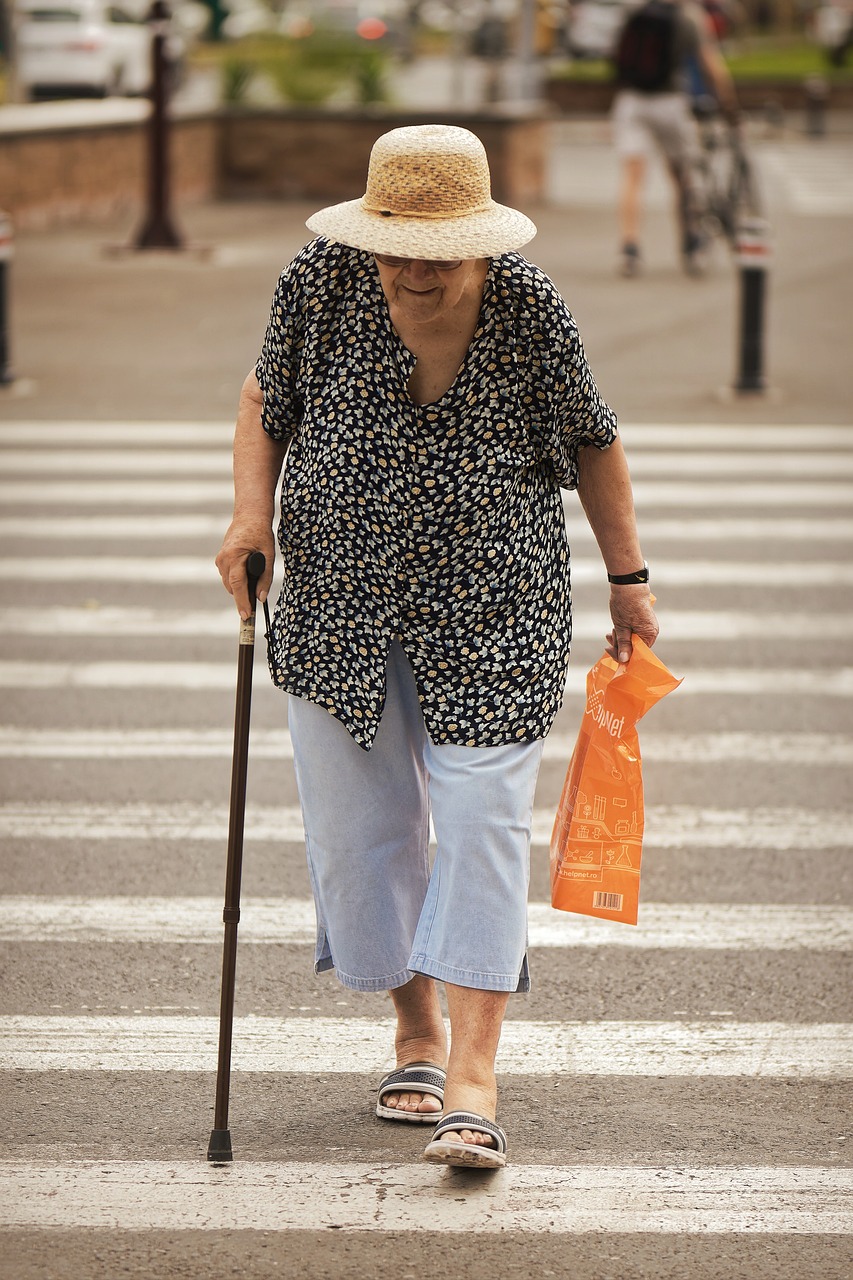Being involved in a car accident can be a traumatic and life-altering event.
The aftermath can be overwhelming, especially when dealing with vehicle repairs, medical expenses, and insurance claims. However, it’s essential to understand that you may be entitled to compensation beyond just the cost of fixing your car. This blog post will guide you through the various types of compensation you may be eligible for and the importance of consulting a legal professional to ensure you receive the full benefits you deserve.
Types of Compensation After a Car Accident
1. Vehicle Damage
– The most apparent form of compensation is for the damage to your vehicle. Whether it’s minor dents or severe structural damage, you have the right to claim the cost of repairs or the total loss value if your car is beyond repair.
2. Medical Expenses
– Injuries from car accidents can range from minor cuts and bruises to severe injuries requiring long-term medical treatment. Compensation can cover emergency room visits, surgeries, medication, physical therapy, and any other medical costs incurred due to the accident.
3. Lost Wages
– If your injuries prevent you from working, you may be entitled to compensation for lost wages. This includes not only the time you missed immediately after the accident but also any future earning potential affected by long-term injuries or disabilities.
4. Pain and Suffering
– Beyond tangible costs, car accident victims can also claim compensation for pain and suffering. This includes physical pain, emotional distress, and any decrease in quality of life resulting from the accident. The Importance of DocumentationTo strengthen your claim and ensure you receive the full benefits you deserve, it’s crucial to document everything related to the accident.
Here’s what you should do:
– Take Photos: Capture detailed photos of the accident scene, vehicle damage, and any visible injuries.
– Keep Medical Records: Save all medical bills, treatment records, and doctors’ notes.
– Document Lost Income: Maintain records of your lost wages and any correspondence with your employer regarding your inability to work.
– Record Your Pain and Suffering: Keep a journal documenting your physical pain, emotional distress, and any impact on your daily life.
Consult a Legal Professional
Navigating the legal complexities of a car accident claim can be challenging. Each state has different laws and statutes of limitations, which dictate how long you have to file a claim. Consulting with a legal professional can help you understand your rights, gather necessary documentation, and negotiate with insurance companies to ensure you receive fair compensation.
A lawyer can also help you:
– Evaluate Your Claim: Determine the full extent of damages and the compensation you’re entitled to.
– File Necessary Paperwork: Ensure all legal documents are correctly filed within the required time frames.
– Negotiate with Insurers: Handle discussions with insurance companies to secure a fair settlement.
– Represent You in Court: If necessary, represent you in court to fight for the compensation you deserve.
Acting Promptly Makes a Difference
Time is of the essence when it comes to car accident claims. Acting promptly can significantly impact the outcome of your case.
Here’s why:
– Preserving Evidence: The sooner you act, the easier it is to collect and preserve crucial evidence.
– Meeting Deadlines: Legal claims have strict deadlines. Missing these can result in losing your right to compensation.
– Medical Treatment: Prompt medical attention not only aids in your recovery but also strengthens your claim by linking injuries directly to the accident.
Conclusion
If you’ve been involved in a car accident, remember that you have rights. Compensation is not limited to vehicle repairs but extends to medical expenses, lost wages, and pain and suffering. Documenting everything and consulting with a legal professional are critical steps in ensuring you receive the full benefits you deserve. Each state’s laws vary, so acting quickly can make a significant difference in the outcome of your claim.
At The Injury Advocates, we are committed to helping you navigate this challenging time. Contact us today for expert advice and support, and let us help you get the compensation you deserve. Don’t navigate this alone—get the help you need to move forward.
Contact The Injury Advocates Today!
Your path to recovery and fair compensation starts with a single step.











